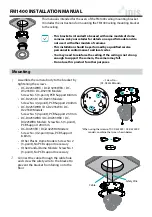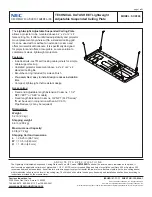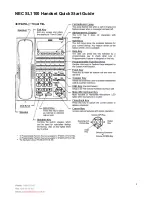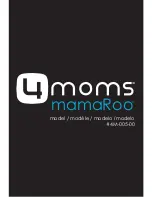
Mounting and installation
Leuze electronic GmbH + Co. KG
BPS 8
27
6.1.2 Cutting bar code tapes
If necessary, the BCB is cut at the indicated cut marks (see Figure 6.1).
Figure 6.1: Cut mark on the bar code tape
If another BCB is to be affixed directly after the preceding BCB, the subsequent bar code value must differ
from the preceding bar code value by at least 1 m (BCB G30 ... printed values in cm, see Figure 6.2).
Figure 6.2: Cut bar code tape
NOTE
Bridging gaps!
Any mechanical gaps may have to be bridged when affixing the bar code tape.
Smaller gaps (up to around 10mm) can be covered with the tape.
For wider gaps we recommend cutting out the label over the gap at the marked cut mark.
In chemically aggressive environments, the bar code tape should be cut out over mechanical
gaps. Since the tape is highly resistant to chemical loads only on the front side, exposure of
the adhesive side should be avoided.
NOTE
Use MVS (BCB G30 ... MVS) control bar code!
For this arrangement (Figure 6.2) using the MVS bar code is recommended.
With the MVS control bar code, a unique, reproducible switching point between the two different
position bar codes is achieved, irrespective of the direction of travel.
Without the MVS control bar code, the switching point is subject to hysteresis in the event of
alternating directions of travel (see chapter 5.2 "BCB G30 ... control bar code MVS").
000036
000039
000042
000045
000048
000051
*
*
*
*
*
*
A
A Cut mark
*
*
*
*
*
*
A Preceding bar code tape
B Cut mark
C Subsequent bar code tape, value of the last bar code of the preceding bar code
tape + 1 m
B
C
A
















































